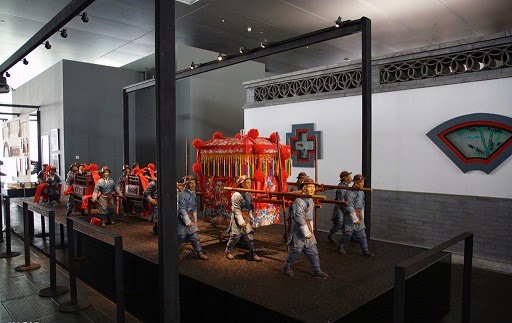Badaling Great Wall is the site of the most visited section of the Great
Wall of China, approximately 50 miles (80 km )
northwest of urban Beijing city in Yanqing County ,
which is within the Beijing
It is made of large blue bricks. The sides are covered in stone, the top in
layers of brick. Inside the stone in brick is a mixture of soil and rubble,
painstakingly tamped into place. The wall was made wide enough for five or six
horses to be ridden abreast on its top. At regular intervals are window
embrasures and castellated crenels. Beacon towers, originally for relaying
military information, offer a respite from the weather. In peacetime, the Wall
has proved useful as a highway, transporting people and supplies over large
distances.
The portion of the wall at Badaling has undergone restoration, and in 1957
it was the first section of the wall to open to tourists. Now visited annually
by millions, the immediate area has seen significant development, including
hotels, restaurants, and a cable car. The recently completed Badaling
Expressway connects Badaling with central Beijing
It was here that President Richard Nixon and his wife, accompanied by Vice
Premier Li Xiannian, visited on February 24, 1972, during his historic journey
to China
Badaling and the expressway were the site of the finishing circuit of the
Urban Road Cycling Course in the 2008 Summer Olympics. Laps of the circuit
passed through gates in the wall.
Set in a steep, forested mountain range, Badaling offers superb views and
for those willing to travel beyond the restored sections, worthwhile hiking.
The climb is so demanding, especially in the summer heat, that the crowds thin
out after a few hundred meters (unless you take the cable car to the top, which
some think spoils the experience). However, the guard towers are uniquely
constructed so that the cool mountain breezes naturally air condition the
interior. Weary travelers can literally "chill" in the guard towers
before continuing along.
For more information, please visit http://top-chinatour.com
For more information, please visit http://top-chinatour.com











